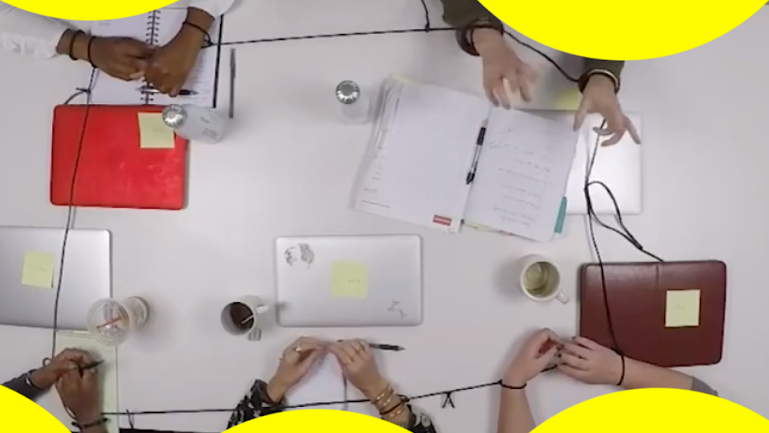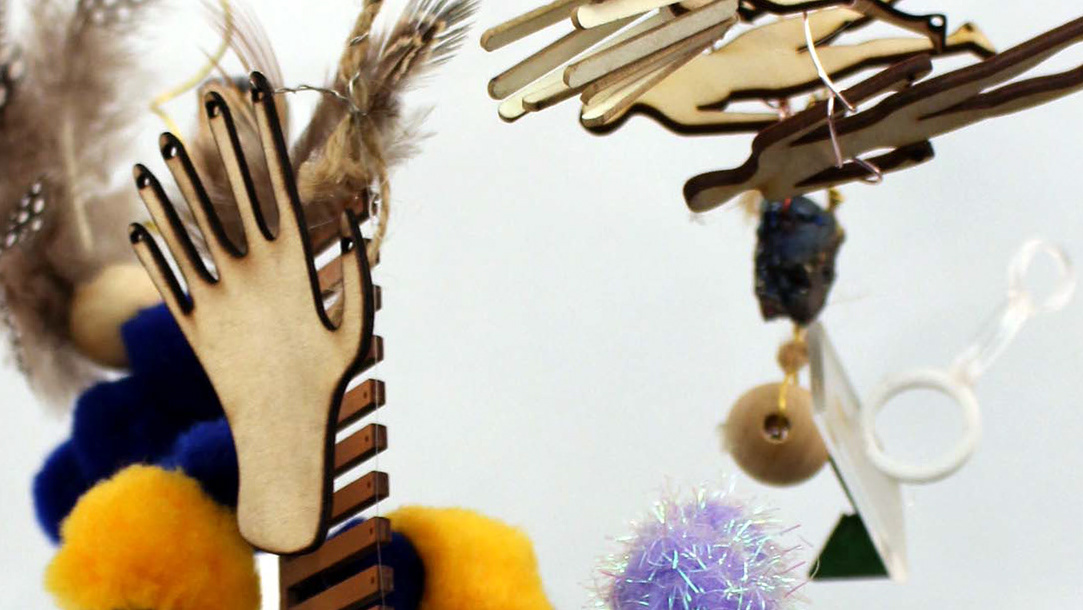Roles: Lead Researcher, Data Analyst, Design Strategist & UX Designer
Collaboration with: Tina Qi
As the lead researcher for the EmoFo (Emotional Food) project, I spearheaded a comprehensive investigation into the complex relationship between emotions and eating behaviors. My role was multifaceted, combining rigorous research methodologies with innovative UX design strategies.
My work aimed to transform understanding of emotional eating from a purely negative perspective to a more nuanced exploration of body-mind connections, providing users with tools for better self-awareness and emotional regulation.
Key Research Contributions
Conducted 13 in-depth interviews with individuals aged 21-37
Designed and implemented a survey with 31 respondents
Analyzed complex data to uncover insights about emotional eating patterns
Developed a user-centered service concept to raise awareness about body-food-mood relationships
Research Methodology
I employed a mixed-methods approach, utilizing qualitative interviews and quantitative survey techniques to explore emotional eating behaviors.
Design and Impact
Co-designed a unique video platform service with Tina Qi
Created user personas and emotional eating journey maps
Developed an intervention concept with four key service components
Iterated prototype design based on user testing feedback
EmoFo
(Emotional Food)
Research
1.) What Is Emotional Eating?
Emotional eating is using food to fill one’s emotional needs rather than their stomach.
The emotions are not necessarily bad emotions; having chocolate when feeling stressed and happily rewarding oneself with ice cream are both valid reasons for emotional eating. However, this type of relationship with food may have a negative impact on one's physical mental health. The system map on the right shows the process, from the beginning to the side effects of emotional eating.
The emotions are not necessarily bad emotions; having chocolate when feeling stressed and happily rewarding oneself with ice cream are both valid reasons for emotional eating. However, this type of relationship with food may have a negative impact on one's physical mental health. The system map on the right shows the process, from the beginning to the side effects of emotional eating.
The emotional eating process - Logic & Behavior is contradictory
2.) Interviews
In user interviews, we intended to identify specific problems and opportunities in this problem area by uncovering the reasons for emotional eating and understanding emotional eating behaviors. We interviewed 13 people between the ages of 21 to 37, of Male and Female genders, who have emotional eating habits. We found an interesting insight:
Most participants brought up that they tend to watch videos while they are eating emotionally.
Most participants brought up that they tend to watch videos while they are eating emotionally.
Data Collection
3.) Survey
In order to verify patterns identified from the interviews and answer extra questions that emerged from analyzing interview data, a 10-question survey was conducted and 31 people responded. Check the full results here.
One major finding is, 67% of respondents watch TV or videos while eating emotionally.
Other findings:
One major finding is, 67% of respondents watch TV or videos while eating emotionally.
Other findings:
55% of respondents don't feel guilty after emotional eating.
58% of respondents enjoy emotional eating.
67% of respondents want to find other ways to channel their emotions.
Top 3 emotions that trigger emotional eating are stress, anxiety and boredom.
More people worried about emotional eating's impact on their body shape than health.
Survey Results
4.) Emotional Eating Journey
This journey map is a synthesis of the data collected from the interviews and the survey. It illustrates the 5 stages of emotional eating, the typical behaviors and emotional changes along this process.
Journey Map
5.) Personas
We identified two major types of emotional eaters based on eating behaviors and needs.
They are major potential users of our service.
They are major potential users of our service.
User Personas
Define
Insights
1.) Users are pretty accepting when it comes to their emotional eating habits
Occasional emotional eating is not necessarily bad, it becomes a problem when a person overeats, eats too frequently, feels guilty (after occasional emotional eating) and/or isn’t aware of the emotional trigger.
2.) Balance the needs of body and mind
Most emotional eating problems are the results of only taking care of the body or mind, ignoring the needs of another. Having control over emotional eating means balancing the needs of both sides.
3.) Videos watching as a key trigger
Emotional eating happens a lot while one is watching videos.
Opportunity
An online video platform based service that aims to raise awareness of how emotions affect eating behaviors and provide suggestions for more control over handling this body-food-mind relationship. This service is unique in the following 3 aspects:
3 Design Principles
Concept Development

During the invitation process, user will be introduced about emotional eating and asked if he or she is willing to use this service. If yes, basic information like the goals of using this service and attitudes towards emotional eating will be collected.

After the service started, a button will show up at any video the user watches on this platform, reminding the user to track his or her emotional eating behavior. If the user didn't eat emotionally, he or she can skip or ignore the message.

A personal report will be created after 10 sessions are completed. It will present the data and evaluation of the user's emotional eating behaviors, like frequency, average calorie intake, and major emotional triggers. Suggestions will be provided alongside according to user's needs.
3-Step Proposed Intervention
1.) Concept Development
We developed this concept into a 4-part service: invitation, emotional eating self-tracking, report, and suggestions. In the last stage, suggestion, the user will be connected to a bundle of advice and services that customized to his or her needs and can be applied to different stages along the emotional eating process.
2.) Sketches & Wireframes
When developing prototype, we decided to focus on the two major parts, the self-tracking interface and the report.


3.) Iterations
During the early prototyping and user testing, 3 major problems, 2 on the data entry interface and 1 on the report page, were identified and solved alongside with other minor usability problems.
Problem 1
Estimating the weight of chips is a difficult task for the user.
Solution
To make the input process more intuitive, I changed measurement from weight to the portion of a bag and added 3 options for user's convenience. Given sometimes a food have several bag sizes, a "package size selection" step was added after selecting a food.
Problem 2
Window modal is too aggressive as an invitation for data input. User needs to close the window modal when they don't need to record, which will happen a lot during the tracking period and will hugely interrupt their experience of using the video platform.
Solution
Use a button instead of a window modal to invite the user to track their emotional eating behaviors. It shows alongside with "Watch Credits" and "Next Episode" buttons at the end of every video, as an integrated part of the interface. User can easily ignore it when there is no need to record.
Problem 3
Two parts of the result, averaged data and "diagnosis", are separated and far away from each other on the page, which contradicts with user's intuition.
Solution
In the refined design, I split "detailed information" and "summary and results". This design received positive feedback from users. They found it more intuitive to navigate the page and find needed information.
4.) Hi-Fi Prototype
Screenshots









